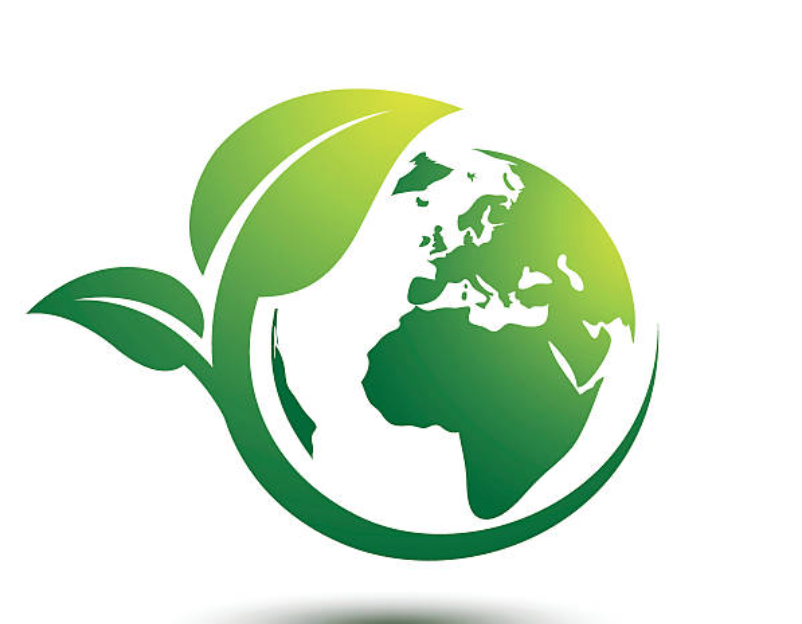
ABSTRACT: The purpose of this paper is to empirically examine the association between each ownership structure, firm attributes, and online environmental reporting (OER) in Malaysia. Two groups of variables are examined in this study; the first group presents an ownership structure consisting of two types of ownership- management, and government. The second group presents firm attributes which include five variables - company size, company leverage, company financial performance, industry type, and technology level. Data is collected from 100 listed companies’ annual reports (2018) as well as from their websites. Both Ordinary Least Squares regression (OLS) and Two-stage Least Squares (2SLS) are used to examine the collected data and to solve any analytical problems such as endogeneity. The results generally show that the level of OER remains low and does not exceed 39% of the environmental disclosure index. Government ownership, company size, and company leverage show positive and significant relationships with OER, while other variables such as management ownership and company financial performance show negative and significant relationships with OER. however, the level of technology did not show any significant relationship. These findings support legitimacy theory as firms, in general, are consistently legitimizing their existence and operations by disclosing their online environmental information that shapes a good image in the minds of the interested parties who care about firms’ environmental activities. Regulators, on the other hand, may consider the results of this paper such as the significance of government ownership- to regulate and enhance the level of OER in Malaysia as it is yet on a voluntary based.
Keywords: Perception, Aesthetic Elements, Nollywood, Video Films
